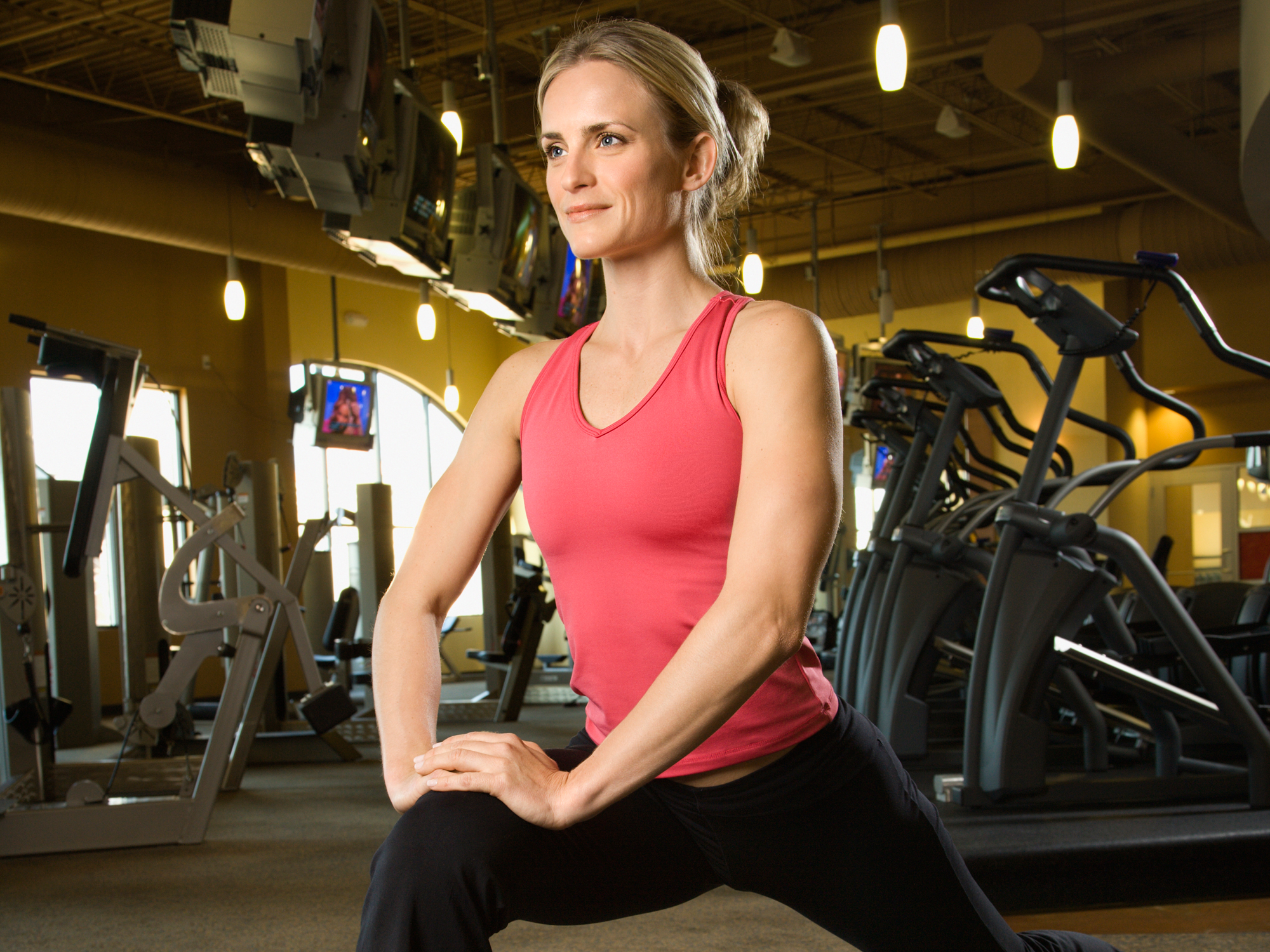Get Easy Health Digest™ in your inbox and don’t miss a thing when you subscribe today. Plus, get the free bonus report, Mother Nature’s Tips, Tricks and Remedies for Cholesterol, Blood Pressure & Blood Sugar as my way of saying welcome to the community!
Stretches that can do your muscles more harm than good

Do you stretch before every workout?
Stretching, as part of pre-workout ritual, can help loosen up your muscles and prepare them for the stress of exercise.
It can give you flexible joints and help your body move more efficiently. And it should increase your range of motion, so you’re less likely to exceed it and injure yourself.
But only if you do it the right way…
If you do the wrong kind of stretches before you exercise you could make yourself wobbly, weaker and more likely to injure yourself.
So what’s the secret to safe and effective stretching?
It all comes down to understanding the difference between static and dynamic stretches.
Static vs. dynamic stretches
When most people think of stretching, they think of static stretches. These are stretches where you hold yourself in a stretching position for 30 seconds or so without moving. And there are times when this type of stretching is helpful (think of yoga), but you want to steer clear of it before a workout.
In fact, doing static stretches before exercising can have a detrimental effect on your workout…
Studies conducted a few years back showed that stretching before you lift weights makes you feel weaker and wobblier, and that static stretching makes muscles less powerful and strong. That means athletes who do static stretching before competing tend to perform worse.
But even if you’re not an athlete who needs to perform at the height of your physical abilities, research shows that static stretching doesn’t do much to prevent exercise-related injuries, and may even make you more prone to them. In fact, the American Council on Exercise says that doing static stretches before exercising can cause you to strain or pull a muscle. Yikes!
So what should you do instead of static stretches before your next workout?
The answer is dynamic stretches. These are stretches where you’re stretching, but you’re also moving and raising your body’s core temperature. Examples of dynamic stretches include jumping jacks, high leg kicks, a lunge with a twist, power skips, arm swings and butt kicks. Take a look at this video on dynamic stretch warm-ups to help you get started.
Now, just so you know, doing static stretches after an exercise session is a great idea. By then your muscles are warm and loose, and static stretches are a great way to unwind from a demanding workout. They can also greatly improve your overall flexibility.
Stretching sans exercise
FYI… if you’re only stretching when you exercise, you’re missing out on some of stretching’s best benefits.
Personally, my favorite time to stretch is not when I’m exercising (of course, I do that too), but when I’m relaxing, because stretching puts my brain and body is a blissful state. In fact, it’s known to reduce mental stress, because if you’re muscles are relaxed, your mind is relaxed too.
Before bedtime stretches are the best of all (because of the reasons listed above), but it’s also a good idea to stretch after sitting for an extended period of time, when you’re feeling stiff and achy, and or when you’re just generally having a bad day.
Basically, as long as you realize there is a time and place for every type of stretch, you’re bound to reap the benefits and not the disadvantages of a daily stretching practice.
Sources:
- “Stretches: the forgotten exercise.” — MedicalXpress. Retrieved August 9, 2017.
- “ACE’s Top Ten Reasons to Stretch.” — American Council on Exercise. Retrieved August 9, 2017.
- “Reasons Not to Stretch.” — New York Times Well Blog. Retrieved August 9, 2017.
- “To Stretch or Not to Stretch?” — American Council on Exercise. . Retrieved August 9, 2017.












